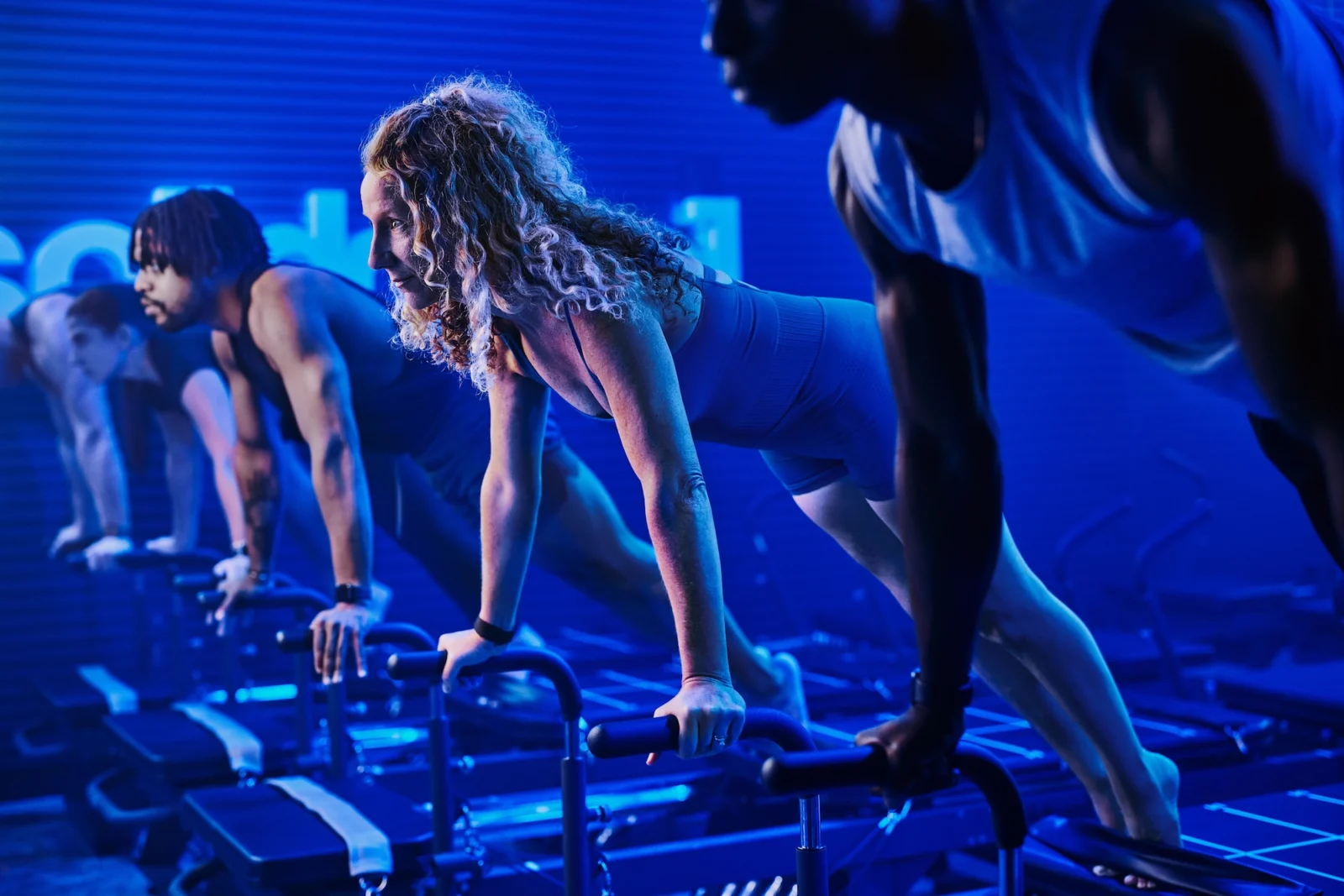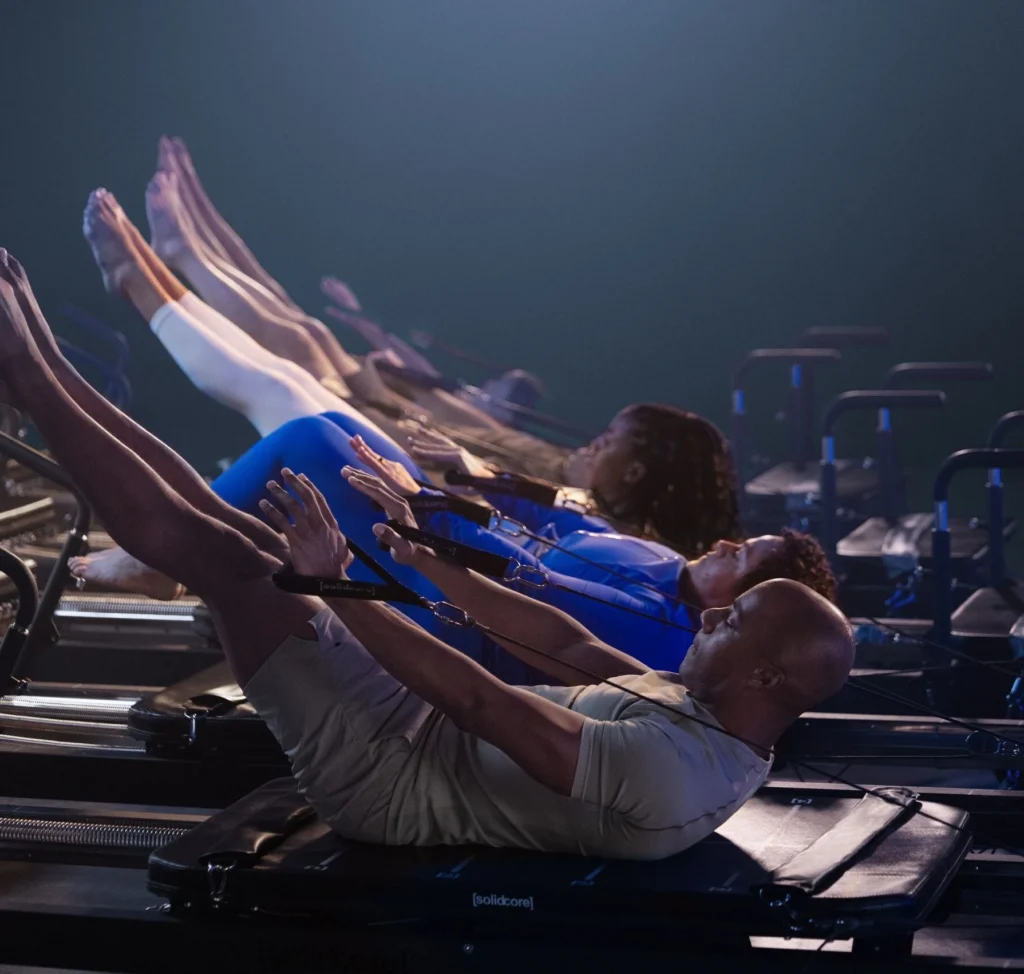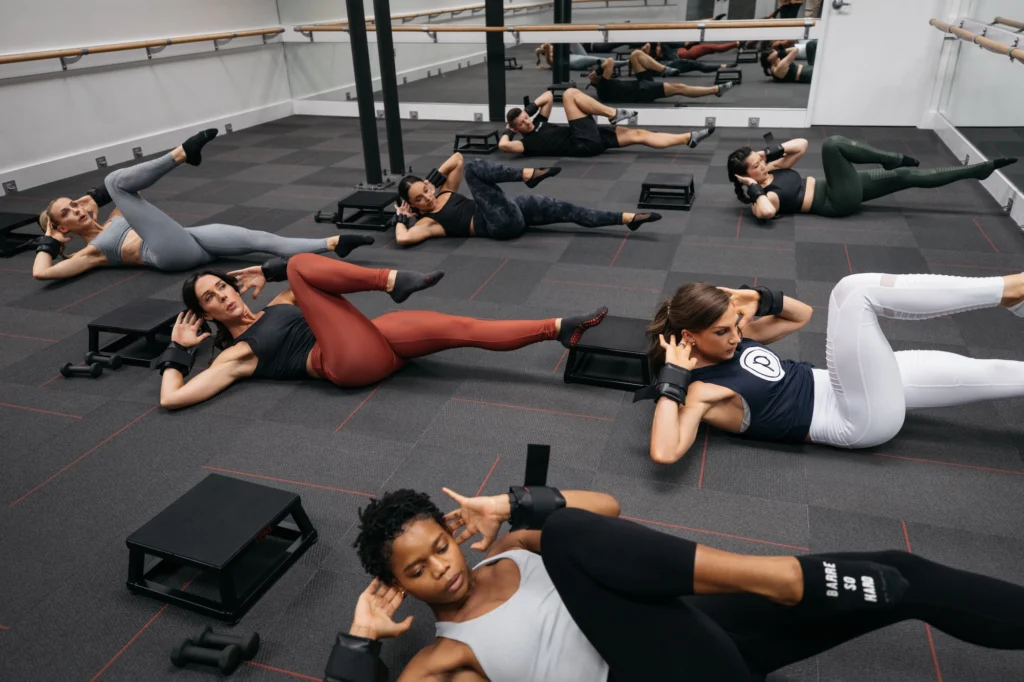Best of Both Worlds: The Rise of High-Intensity, Low-Impact (HILIT) Training

Brands like Solidcore are championing the benefits of HILIT, which combines HIIT’s efficiency with a low-impact focus, reducing wear and tear
The popularity of high-intensity interval training (HIIT) has held steady, its sustained time in the spotlight surprising some, but people want and need more options.
This is where high-intensity low-impact training (HILIT or HILI) emerges as a solution for many personal trainers and their clients, who may be missing the results mark with current programming.
HILIT marries the rigor and efficacy of HIIT with low-impact precision, reducing the risk of injury and making workouts more accessible. HILIT is particularly beneficial for people seeking intense workouts without joint strain, including those with pre-existing injuries, older adults, pregnant women and fitness novices.
The growing interest provides a window of opportunity for trainers and gyms to expand their clientele by incorporating HILIT programs, aligning with consumer demands for effective, accessible solutions.
The Best of Both Worlds
HIIT is characterized by exercises performed with significant effort, typically gauged by achieving between 75%-85% of one’s maximum heart rate, alternated with rest intervals. While it’s recognized for its efficiency and effectiveness, HIIT may not be suitable for everyone, pointing to a need for alternative approaches like HILIT.
“High impact exercise involves movements in which your feet leave then lower to the ground; the impact results from the landing after a jump,” says Sam Gelon, talent and product development manager at Solidcore, a fast-growing, reformer Pilates-inspired boutique fitness brand (officially branded as [solidcore]).
Gelon says there are a variety of ways Solidcore workouts increase the intensity without stressing the joints.
“For example, intensity is added from the resistance (springs), executing consecutive reps, moving slowly and transitioning to the next exercise quickly,” she says. “In response to increased intensity, your heart rate rises.”
Gelon adds that Solidcore exercises are designed to disperse body weight so the joints and spine are not overloaded. “You’ll never be jumping in class,” she says.

Low-intensity interval training (LIIT) also has plenty of fans, and for good reason. A 2015 study found that obese adults who followed LIIT lost around the same amount of weight as people who pushed themselves harder.
The effectiveness of HIIT and LIIT makes merging the two into a thoughtful program design a good idea for business and for bodies. Formats like the LIT Method, Solidcore, Tonal and many more meet clients where they are with creative and challenging workouts.
Many note that Pilates and other low-intensity programs such as Barre, yoga, sculpt and TRX suspension training that focus on balanced, total body strength — when taught in specific ways to increase the intensity — are valid HILIT choices.
HILIT & Time Under Tension
The lynchpin for strength gain success may be time under tension.
Time under tension (TUT) refers to the amount of time a muscle is under strain. The theory behind TUT suggests that longer periods of tension can lead to greater muscle fiber recruitment and, consequently, more significant muscle growth and strength development. This is based on the principle that muscles grow in response to the stress placed on them, provided this stress is beyond what they’re accustomed to.
The exact optimal time under tension is debated, but ranges typically fall between 20 to 70 seconds per set, depending on the training goal, with higher durations often recommended for muscle hypertrophy and shorter durations for strength gains.
It’s also worth noting that while TUT is an important factor in designing training programs, it’s not the only consideration. Other variables, such as intensity, total volume and rest periods play crucial roles in the overall effectiveness of a workout program.

Gelon says that Solidcore’s approach is to work muscles to failure while avoiding impact on the spine and joints.
“In class, each exercise is performed for a specifically designated amount of time to ensure the muscle fibers are effectively recruited without adding excessive stress to the joints or spine,” Gelon explains.
“When you are in one position for too long, your muscles will start to fatigue, which means the weight will go into the joints that the muscles are working to protect,” she adds. “We transition from one exercise to the next quickly so your muscles stay engaged while providing relief to your joints. Each exercise is executed slowly and with control to force the muscles to stay contracted throughout the range of motion.”
Gelon adds that repetitions are completed consecutively without breaks, which keeps the muscles under constant tension. In doing so, more muscle fibers are recruited.
“Moving slower results in more metabolic work per second,” she says. “This is because fast movement uses momentum, not just muscular strength, thereby unloading the muscles during parts of the repetition cycle, allowing the muscles to rest.
Katie LaDow, owner of Smile Sweat Shine Coaching in Chicago, a fitness program for moms, says that trainers incorporate TUT into programming to stimulate muscle growth, build endurance, add variety and help prevent injury.
“The benefits to clients are both physical and mental,” LaDow says. “On the physical side, TUT training results in keeping a muscle, or group of muscles, engaged for a longer period of time and contributes to improved strength, endurance and muscle tone while simultaneously preventing muscles from reaching a plateau.”
LaDow adds that TUT training helps clients listen to their bodies and create better awareness of their movements.
“By being forced to slow down the pace of an exercise, you bring attention to things that are not always top of mind when exercising at a faster pace,” she says.
The Future of HILIT
The fitness industry is likely to see a surge in HILIT’s popularity, driven by its accessibility and reduced injury risk. Incorporating HILIT into programs provides a balanced approach, accommodating a wider range of clients while still delivering the desired intensity and outcomes.
Gelon says that many people find creating their own strength training program challenging, and that Solidcore’s approach, which includes a rotating muscle calendar, introduces variety and a path to real results.
“Our workout is built on the basic principles of strength training,“ she says. “Each day there is a different lower body and upper body muscle focus, which enables people to take class more often while still ensuring the muscles have time to recover.”
LaDow views HILIT as a viable, ongoing trend.
“HIIT training has certainly had its moment, but with HILIT, clients can perform at the same intensity as they would in HIIT while being gentler on their bodies. This is a very welcome opportunity as people age and their joints cannot handle as much stress.”



